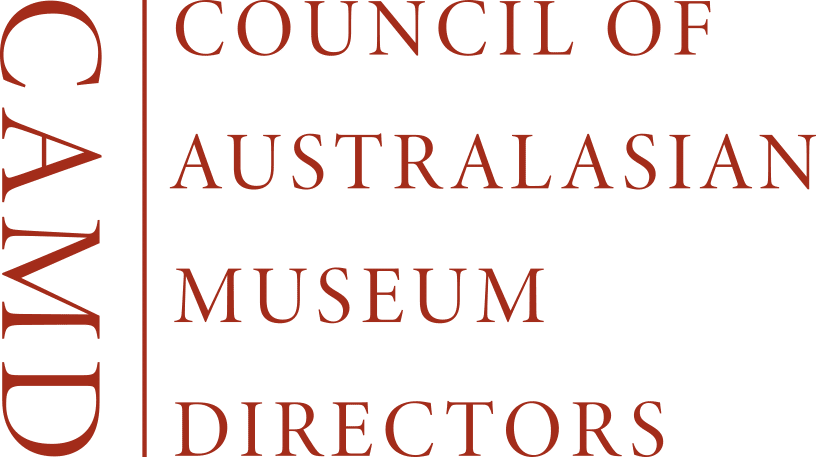Artefacts from historic expedition to Bribie Island saved from illegal sale, Ariana Doolan MP, 6 May 2025
The Crisafulli Government has saved important historic objects from illegal sale, helping to protect Queensland’s heritage.

Department of Environment, Tourism, Science and Innovation officers were contacted after 52 items including musket balls, a plum bob, and a square copper nail were offered for sale for $20,000.
DETSI officers believes that over a ten-year period, the man used a metal detector, including in the Bribie Island National Park to find and remove the items.
Under the Queensland Heritage Act 1992, it is an offence for an individual to fail to report the discovery of significant archaeological artefacts, and the items were seized by DETSI officers.
Minister for the Environment and Tourism, Minister for Science and Innovation Andrew Powell said he understood the artefacts dated back to 1799.
“Based on historical records, the items may have belonged to Captain Matthew Flinders,” said Minister Powell.
“Flinders was the first British explorer to enter Moreton Bay and spent two weeks in the area on HM sloop Norfolk in July 1799.
“On 16 July he encountered First Nations people at Skirmish Point on Bribie Island and although initial interactions were peaceful, there was believed to be a misunderstanding over his hat that led to a spear being thrown and muskets being fired, though there were no fatalities.
“According to his notes, Flinders interacted with First Nations people on 23 July at White Patch and gave them his shot belt, and the musket balls may have been left in the area.
“These items are historically significant, and if people find similar items, they should report it to the Department and let our heritage officers conduct an investigation.”
Member for Pumicestone, Ariana Doolan MP, said the find was a significant archaeological discovery.
“Protecting our heritage is really important, so people can appreciate the history of our beautiful Island,” said Ms Doolan.
“There’s no better way to understand our history, than researching and learning about finds like these.”
Cultural Heritage coordinator Dr Anthony Simmons confirmed that departmental archaeologists found that the fabric and morphology of the nail and lead shot are consistent with late-18th to mid-19th century material culture.
“Based on information contained in Flinders’s diaries, it is plausible that the artefacts are associated with the incidents at Point Skirmish and White Patch,” Dr Simmons said.
“If confirmed with peer reviewed research, the artefacts could have intrinsic value as physical evidence of those historical events.
“The deposition of the musket balls together in one location at Point Skirmish near a midden may suggest the pouch was brought there by a First Nations person and subsequently discarded.”
Following an investigation into possible offences under section 89 of the Queensland Heritage Act 1992, the man received a caution against the unlawful removal of archaeological items.
The items will be considered for display in the Queensland Museum collection.
The items include:
- A hand-wrought nail with a four-sided shank used for construction and repairing boats
- A plum bob or pointed weight attached to a string that is used to find a vertical reference line
- 48 small lead shot musket balls – drop made or mould made
- Decahedron metal ball potentially used as a ship’s ballast
Discoveries of potentially important archaeological artefacts can be reported to [email protected].
ENDS
See also: $20,000 discovery on Aussie island linked to brutal event 200 years ago
